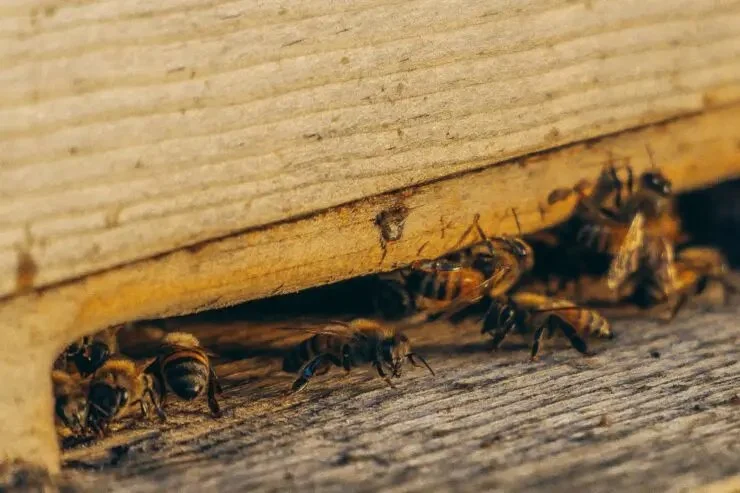
Why Some Pests Return After Treatment—and What to Do
- 1. Understanding Pest Resistance
- 2. Why Some Treatments Fail
- 3. Environmental Factors That Attract Pests
- 4. How to Prevent Pests from Returning
- 5. When to Seek Professional Help
1. Understanding Pest Resistance
One of the main reasons pests may return after treatment is pest resistance. Over time, some pests can develop resistance to pesticides and treatments. This means that the chemicals or methods previously effective may no longer have the desired impact. Just as bacteria can become resistant to antibiotics, pests can adapt to the substances used to control them.
For example, common pests like bed bugs, cockroaches, and mosquitoes have shown increasing resistance to certain insecticides. This can lead to recurring infestations, as the surviving pests reproduce and pass on their resistance to their offspring.
To combat this, pest control methods must evolve to include more targeted and varied approaches, including rotating pest control chemicals and using integrated pest management strategies that combine different tactics to reduce resistance.
2. Why Some Treatments Fail
Improper treatment is another reason pests might return after an initial attempt at elimination. Inadequate application of pest control products or incorrect identification of the pest type can lead to ineffective results. For instance, if a pesticide is applied in the wrong dosage, or at the wrong time, it may not fully address the problem.
Another reason treatments may fail is that the source of the infestation wasn’t fully eliminated. Some pests hide in hard-to-reach areas, such as wall voids or under furniture, and if these areas are missed during the treatment process, pests can quickly reappear.
To improve the effectiveness of pest control treatments, it's important to thoroughly inspect your home and apply the right treatment to all areas where pests are active. Always follow the manufacturer’s instructions when applying pesticides, and ensure the treatment covers every potential hiding spot for pests.
3. Environmental Factors That Attract Pests
Pests are often drawn to specific environmental conditions that make their survival easier. These conditions may not always be addressed by pest treatments alone. Some environmental factors include:
- Excess moisture: Pests like termites, ants, and cockroaches thrive in damp environments. Leaky pipes or poor drainage systems can create ideal conditions for pests to take root.
- Food sources: Unsealed food, trash, and pet waste can attract pests. If food is left out or garbage is not disposed of regularly, it creates an open invitation for pests.
- Cluttered spaces: Clutter in basements, attics, or storage areas can provide shelter and hiding spots for pests. Keeping your home tidy can help prevent infestations.
Addressing these environmental issues is essential for long-term pest control. Even if you treat your home for pests, if these factors are not managed, the pests are likely to return.
4. How to Prevent Pests from Returning
After treatment, preventing pests from coming back involves a combination of clean habits, proper maintenance, and ongoing vigilance. Here are some tips:
- Seal entry points: Make sure that all cracks and gaps in windows, doors, and walls are sealed. Pests often enter through small openings, so sealing them can keep them from getting inside.
- Proper waste management: Take out the trash regularly and store food in sealed containers to avoid attracting pests.
- Maintain a dry environment: Fix any leaks and improve ventilation in damp areas such as basements and kitchens. Using a dehumidifier can help reduce moisture levels in the home.
- Ongoing inspections: Regularly inspect your home for signs of pests and treat any issues promptly before they become infestations.
Incorporating these practices into your routine will significantly reduce the chances of pests returning after treatment. Consistency is key to keeping your home pest-free.
5. When to Seek Professional Help
Sometimes, despite your best efforts, pests may continue to return, or you may not be able to completely eliminate them on your own. In such cases, it’s time to seek professional pest control services. Professionals have access to more advanced tools, treatments, and strategies that can be tailored to the specific pest issue you’re dealing with.
If you’ve tried DIY methods and pest treatments but still see signs of infestations, or if the problem is large-scale, a pest control professional can assess the situation, identify the root cause, and provide a long-term solution. They can also offer advice on how to maintain a pest-free environment moving forward.
For expert pest control advice and products, visit PestControlHub, where we offer a wide range of professional services and high-quality pest control products to help you keep your home pest-free.


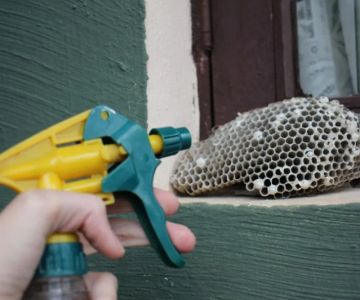
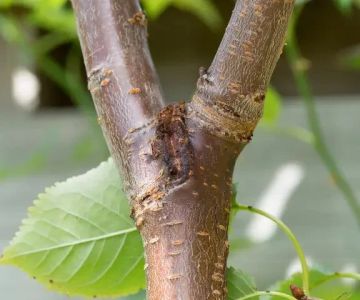
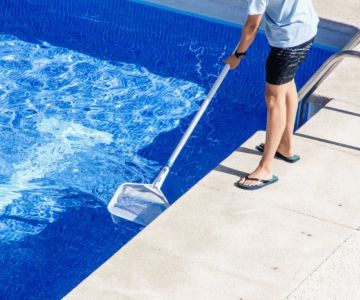


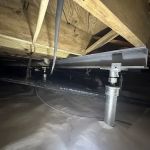 Johnson Pest Solutions5.0 (3 reviews)
Johnson Pest Solutions5.0 (3 reviews) C2G Environmental4.0 (26 reviews)
C2G Environmental4.0 (26 reviews)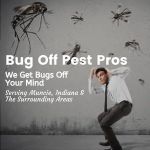 Bug Off Pest Pros5.0 (69 reviews)
Bug Off Pest Pros5.0 (69 reviews) Turf Pro Fertilization and Weed Control LLC4.0 (49 reviews)
Turf Pro Fertilization and Weed Control LLC4.0 (49 reviews)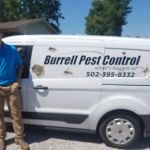 Burrell Pest Control4.0 (55 reviews)
Burrell Pest Control4.0 (55 reviews) Spence's Pest Control Co.4.0 (18 reviews)
Spence's Pest Control Co.4.0 (18 reviews) How to Prevent Pest Growth in Basements: Expert Tips and Solutions
How to Prevent Pest Growth in Basements: Expert Tips and Solutions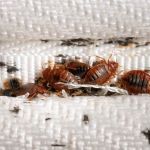 How to Get Rid of Bed Bugs Without Poisoning Your Home
How to Get Rid of Bed Bugs Without Poisoning Your Home What Happens During a Professional Pest Control Visit: A Complete Guide
What Happens During a Professional Pest Control Visit: A Complete Guide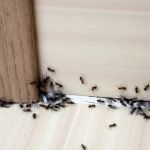 How to Make Your Home Less Attractive to Pests – Simple Tips to Protect Your Home
How to Make Your Home Less Attractive to Pests – Simple Tips to Protect Your Home How to Prevent Pest Spread Between Units in Apartments: Essential Tips for Apartment Residents
How to Prevent Pest Spread Between Units in Apartments: Essential Tips for Apartment Residents Why Some Pests Return After Treatment—and What to Do | PestControlHub
Why Some Pests Return After Treatment—and What to Do | PestControlHub